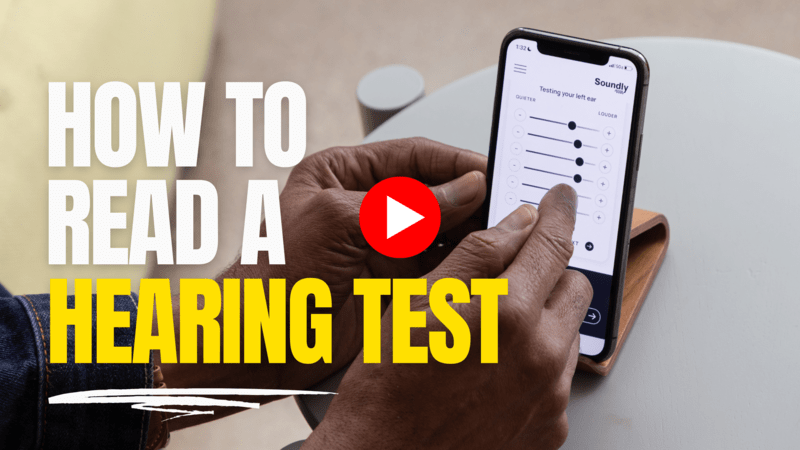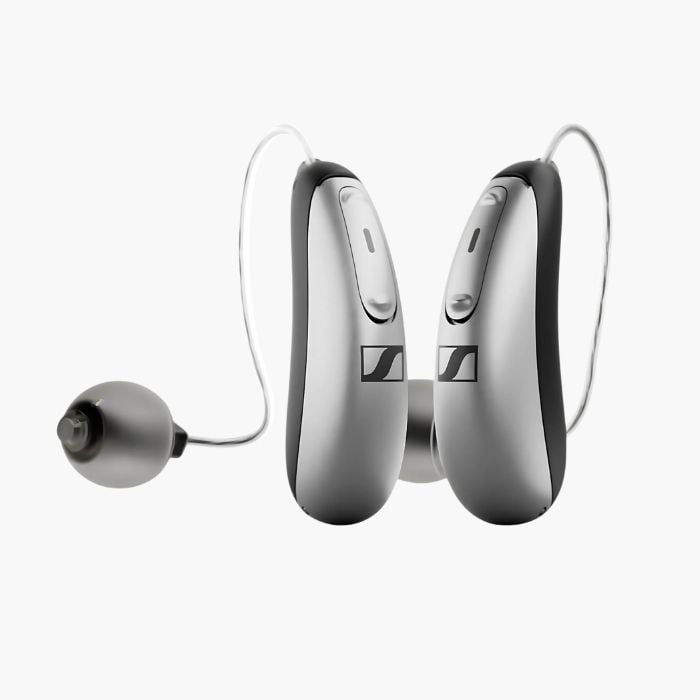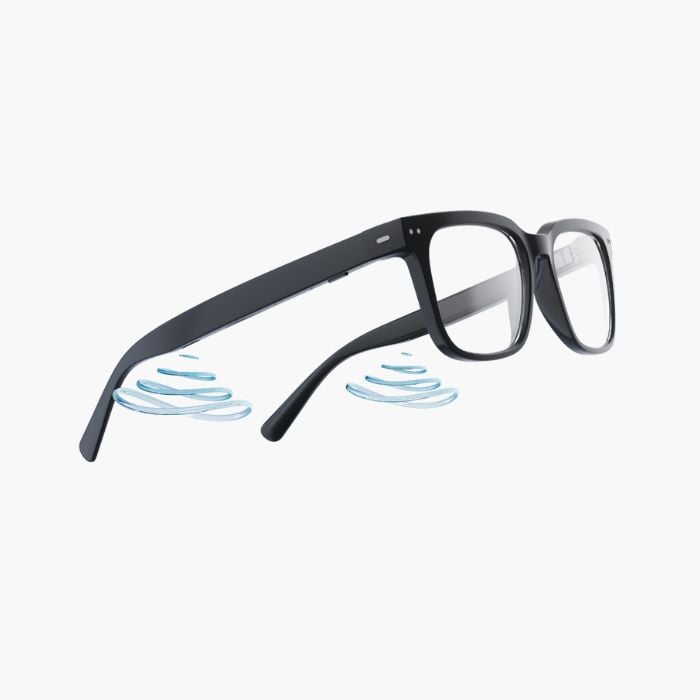After trialing every online hearing test we could find, our team felt some things were still missing. Specifically, we wanted a simple interface that returned an audiogram-style chart similar to what you get at an audiologist's office.
Development And Design
Soundly's hearing test was built with a team of audiologists, designers, web developers, and a PhD in sound engineering. The test has been featured in the LA Times, Seattle Times, Hearing Review, and CNET. Forbes Health Advisory ranked Soundly's test as a "top recommendation to patients looking for online hearing test options."
The video below shows Soundly's test in action.
What to Expect
Our online hearing test aims to provide comprehensive, detailed results similar to what a healthcare provider would observe. Unlike other online tests that offer limited insights and refer you to a provider, our test results are designed to resemble an audiogram.
It's important to note that while this tool isn't a replacement for a thorough in-office hearing test, it is a valuable starting point in understanding your hearing health. The results derived from our test not only provide crucial information about your hearing condition but also guide your treatment options.
✓ Questionnaire
The test begins with a short questionnaire with "red flag" symptoms. Using your answers, the test will indicate whether we suggest you see an audiologist immediately.
✓ Headphones and Noise
We recommend that you take the test with a pair of decent headphones. Any quality headphones, including Samsung, Bose, AirPods, JBL, Sony, Beats, and Anker, will suffice. We recommend finding a relatively quiet place in your home before beginning the test. Background noise could impact your results.
✓ Calibration
The test will prompt you to take your headphones off and rub your hands together closely in front of your nose, quickly and firmly. Now, put your headphones back on and adjust your volume to match the volume of your hands rubbing together. Firmly rubbing your hands generates a predictable volume that we'll use to ensure you start the screening at the right volume.
✓ Test and Results
The Soundly test measures how well you hear at varying frequencies. Drag each slider to the point where you can faintly hear the sound. At the end of the test, you will receive an audiogram-style chart and insights on your hearing loss.
How to Use Your Results
What can you do after taking the test? Your test results give you an idea of your hearing loss, which may influence the treatment options you decide to pursue. Over-the-counter (OTC) devices might be sufficient to provide some benefit in certain situations for mild to moderate hearing loss.
However, if the test results indicate a more severe level of hearing loss, it would be advisable to seek prescription hearing treatment. This option is typically more comprehensive and personalized, accommodating the specific complexities of your hearing condition.
Prescription-level care is an option for any degree of hearing loss, but especially important for anyone with severe-profound hearing loss. Remember, these results serve as a guide for getting started, but at any time you could consult with a professional for a complete evaluation.
Soundly hearing tests provide you with the information you need to make an informed decision about your hearing health in a free and accessible way. Get your results with one easy test.














